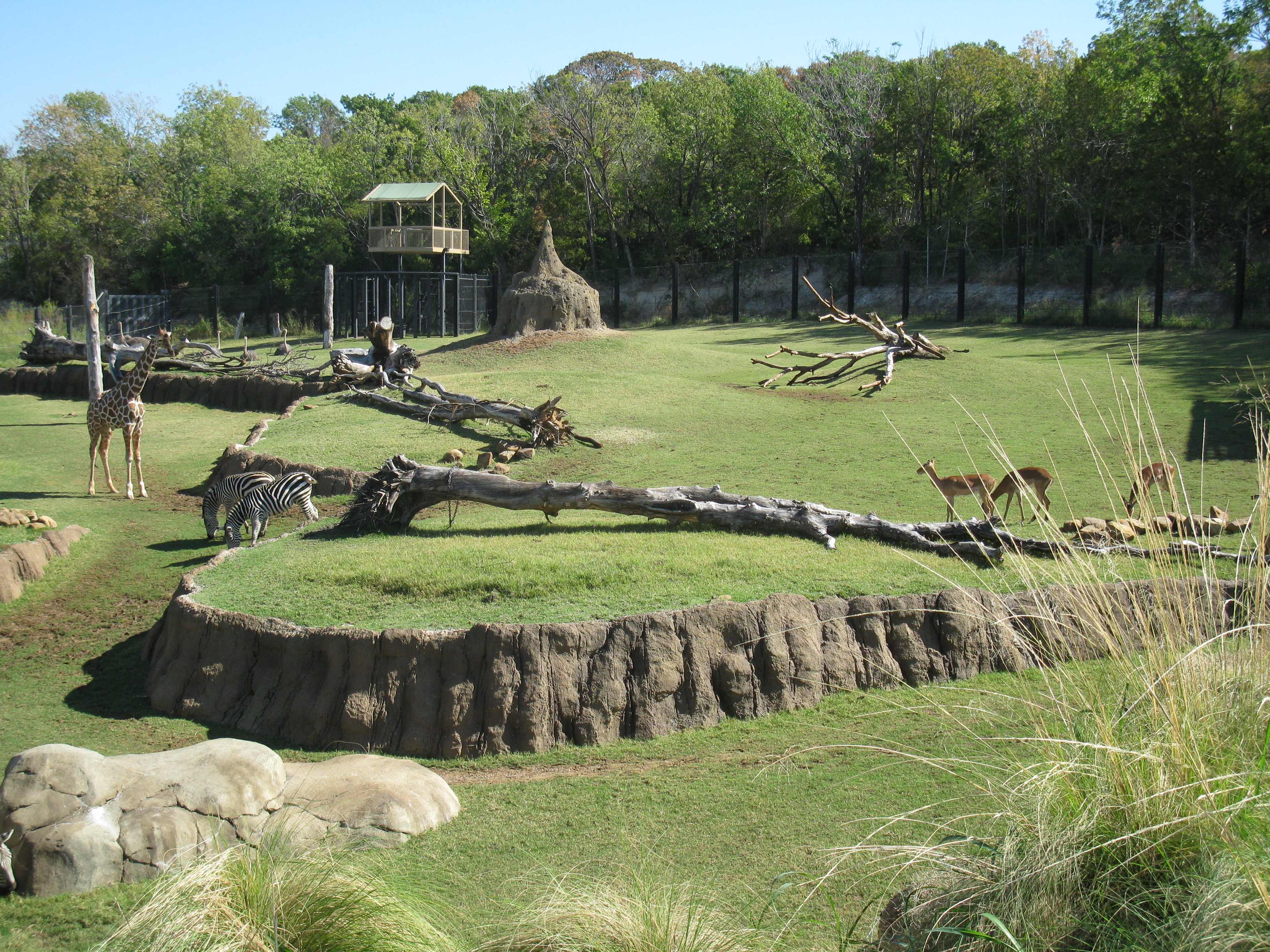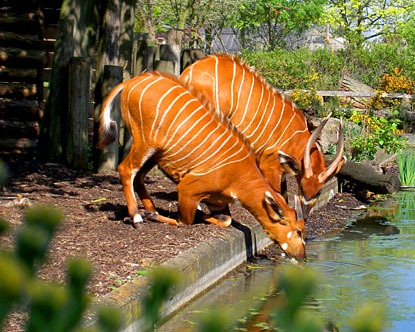The History and Future of Zoos
Most people in the United States love zoos. According to the Association of Zoos & Aquariums, over 175 million people visit zoos each year, more than professional football and basketball game attendance combined. 9.4 million households have memberships with AZA facilities, while 93% agree their family enjoys seeing animals up close at zoos and aquariums. Zoos have transformed themselves into conservation organizations, individual Noah's arks, contributing to save thousands of species of flora and fauna. Zoo exhibits resemble the African savanna, polar ice caps, and tropical rainforests. Zoos have become the all-American experience, and yet, animal rights groups condemn zoos for exploiting animals for profit.

The world has changed a lot since the first zoological parks popped up. Before zoos, came the private menageries. In ancient times, exotic animals were a symbol of power and wealth. Rulers would exhibit their lions, tigers, elephants, and baboons to symbolize how they could exploit beautiful animals. Ancient Egyptians were the first animal trainers, using armies of baboons to do household chores and leashed cheetahs to hunt. Ancient Romans loved gruesome spectacles of exotic animals killing each other or humans, with elephant stampedes and big cat mauls. Until the 19th century, scientific research or conservation was unheard of, as exotic animals were still plentiful.


Next came the age of roadside menageries. All over the United States, for-profit menageries popped up, exhibiting big cats, elephants, hippos, primates, and exotic birds for cheap amusement. The animals were often put in dreadful conditions, usually tiny concrete cages with no regards to . However, this was also the age in which people began to take interest in zoology. Several zoos were built, such as the London Zoo and Dublin Zoo, aimed to exhibit animals in better conditions. The London Zoo later became known as the world's oldest scientific zoo.

In the beginning of the 20th century, it was still clear that awful conditions for animals was the norm, rather than the exception. More American zoos, such as the San Diego Zoo, had switched to open-air enclosures, rather than concrete cages with metal bars. Even today, certain zoos suffer from cages and a lack of care for the animals. After World War II, zoos went through a drastic change, and by the 1980s and 1990s, most zoos had become legitimate conservation organizations, dedicated to wildlife research and education. However, zoos are still plagued with problems from an ever-demanding public, shrinking funds, wars with the animal rights groups, multiple international laws on endangered species retrieval and a shrinking wild population of animals.
Contemporary Zoos:

Zoos have now realized that the ethics of keeping exotic animals in captivity is difficult and now work to save animals. The animals kept in zoos are generally given large, spacious enclosures and have specific diets and enrichment to keep them from getting bored. Zoos often pour millions of dollars into new exhibits, geared for the education of the public and research for scientists. Zoos often host researchers who can learn more from a controlled setting than the wild. However, it is still important to note that zoos have a ways to go in some aspects. Many zoos provide inadequate care for their animals, such as elephants or dolphins, as it is hard to study these animals and their natural behavior. Zoos have also been accused of capitalizing on flagship species, such as tigers, polar bears, and elephants. In short, there are multiple zoos with problems with their animal care or infrastructure.


Future of zoos: Zoos have been around for hundreds of years and they are unlikely to end any time soon, with record revenues. About twenty AZA facilities in the United States host more than a million people annually, with many more fast approaching the 1 million mark. However, as Earth's species continue to disappear, it is looked to zoos to save these species. It is true that zoos have had some degree of success in saving species, such as the golden lion tamarins or Arabian oryx. But it is ultimately up to the countries which house the animals to save the species. Zoos do not have the resources to save even 2% of all species in the world. But many valiantly try to, spreading knowledge, and trying to educate the public. Zoos are not perfect, and many have multiple problems. But they can serve as valuable fountains of knowledge, research, and inspiration. In the end, zoos will not have the final say, but they can definitely contribute.

Future of zoos: Zoos have been around for hundreds of years and they are unlikely to end any time soon, with record revenues. About twenty AZA facilities in the United States host more than a million people annually, with many more fast approaching the 1 million mark. However, as Earth's species continue to disappear, it is looked to zoos to save these species. It is true that zoos have had some degree of success in saving species, such as the golden lion tamarins or Arabian oryx. But it is ultimately up to the countries which house the animals to save the species. Zoos do not have the resources to save even 2% of all species in the world. But many valiantly try to, spreading knowledge, and trying to educate the public. Zoos are not perfect, and many have multiple problems. But they can serve as valuable fountains of knowledge, research, and inspiration. In the end, zoos will not have the final say, but they can definitely contribute.
No comments:
Post a Comment